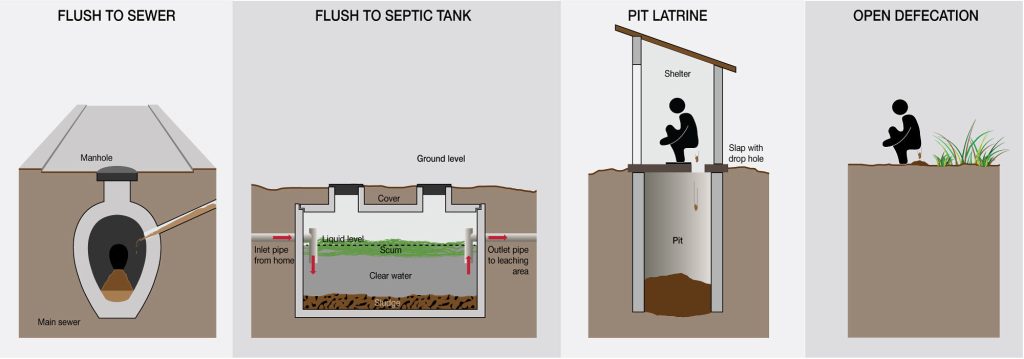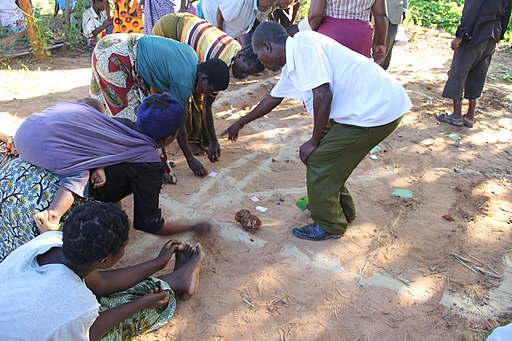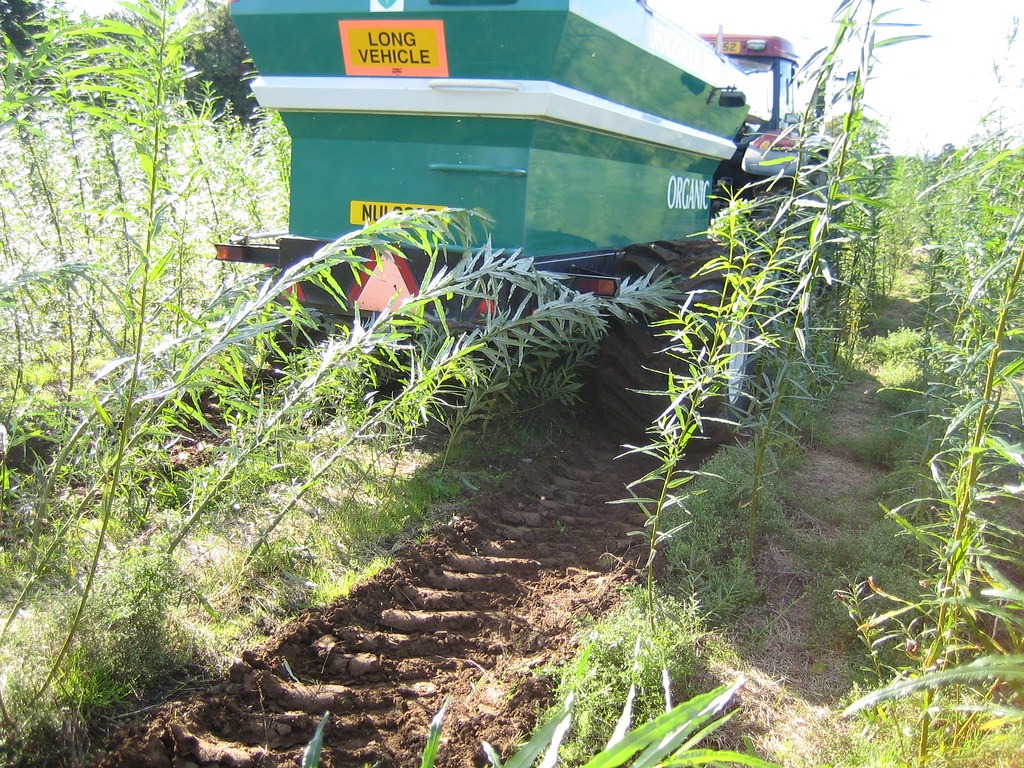The developing world has a poop problem. Open defecation is the technical term for when people “do their business” out in the open instead of in a toilet. For the developed world, this is usually limited to an emergency pee break on a road trip. But for large parts of the Global South, toilets just aren’t an option. In fact, as of 2017, 26 countries had at least 20% of their population practicing open defecation. Most of these countries are in Africa or South Asia. It’s no surprise that open defecation leads to pollution and adverse effects on human health. But upon investigation, there are deeper problems.

Problem Pooping and Gender Equality
One of those problems is the link between open defecation and sexual violence. Many animals are most vulnerable when going to the toilet, and humans are no different. When people lack access to toilets, they are forced to defecate in the open, which leaves them vulnerable to attack. Unfortunately, this increases the risk of sexual violence, particularly for women. Kenya Demographic and Health Survey found that women practicing open defecation were 40 per cent more likely to experience sexual violence, compared to women who had access to toilets (Winter & Barchi, 2016). Not to mention the indignity of living without the basic privacy of using a toilet.
In fact, in absence of a toilet in their home, 51 out of 56 women interviewed in 2015 were afraid of being watched or intruded on by men (Sahoo, et al., 2015). 64% of participants reported psycho-social stress because of discomfort at a defecation site, limited access to proper toilets, privacy concerns, sexual assaults, searching for proper defecation site, and uncleanliness (Sahoo, et al., 2015) (Hirve, et al., 2015).
Open Defecation Free: The Effort to End the Poop Problem
As of 2019, about 2 billion people still don’t have access to toilets or latrines. Among them, 673 million practice open defecation. This problem is endemic in poorer countries of the world. Happily, many governments and international organizations are trying to end open defecation.
As part of their Open Defecation Free movement, India has built well over 107 million toilets since 2014. Of that, over 4.2 million were built in 2020-21. In the same timeframe, households in India with toilets have gone up by 61.24%. Given the rampant issues with sexual violence in India, this provides much needed relief for Indian women.

The United Nations(UN) has focused on 26 countries to implement its Water, Sanitation and Hygiene(WASH) Programme. WASH is a “game plan” developed by the UN to help the 26 countries end open defecation by 2030. Those 26 countries make up 90% of the world’s open defecation population.
Ending Open Defecation is Critical to Sustainable Development
Addressing this issue plays a key part in achieving Sustainable Development Goal(SDG) #6: Clean Water and Sanitation. SDG 6 aims to increase sanitation by building toilets, pushing for behavioural changes, improving water and sanitation management, and increasing public awareness.

While these attempts are helping to end open defecation, they are not enough. Building toilets is not enough. Even ending open defecation is not enough. There needs to be a dramatic change in public, especially rural, perception of defecation habits and sanitation. In fact, the real challenge lies after becoming open defecation-free. The real challenge lies in sustainably maintaining and disposing of waste.
Disposing of Human Waste through Technology
To build and maintain proper sanitation habits, we can start by raising awareness through community-led approaches. At the same time, we can use community-led programs to make sanitation a top priority for governments. Public awareness and outcry can help to change unsanitary habits and encourage proper hygiene. Increased infrastructure will help maintain public toilets and dispose of waste sustainably.
Technology is a pillar of our progress. Thus, we can use technology to dispose of and even convert waste into something useful. Loowatt, a UK-based company uses its patented waterless flushing technology to convert human waste into biogas and organic liquid fertilizer. Another company, Sanivation achieves the same by using treatment plants to convert waste products into “superlogs” through briquetting process. Sanergy is another company that converts waste into fertilizers and animal feed. These companies give us a glimpse of the future by showing us how technology can reduce and reuse waste and turn them into something valuable.

Raising public awareness and using technological innovation is what we can do to end our open defecation problem and maintain and dispose of waste in the long-term.
Sustainable Sanitation
While 15% of the population is still defecating in the open, this figure is decreasing steadily. This is largely because of government and international programmes to end open defecation. Building toilets, teaching and practicing proper hygiene, raising public awareness and using technology to our advantage will help us live in an open defecation free world and live sustainably.
At THRIVE, we use technology to measure sustainability and raise awareness through blogs like this. Click the share button to help us spread the word for a more sustainable world. For more articles like this one, or to keep up to date on sustainable news, subscribe to our newsletter!
Written in collaboration with THRIVE Tribe member Pujan Pun.























